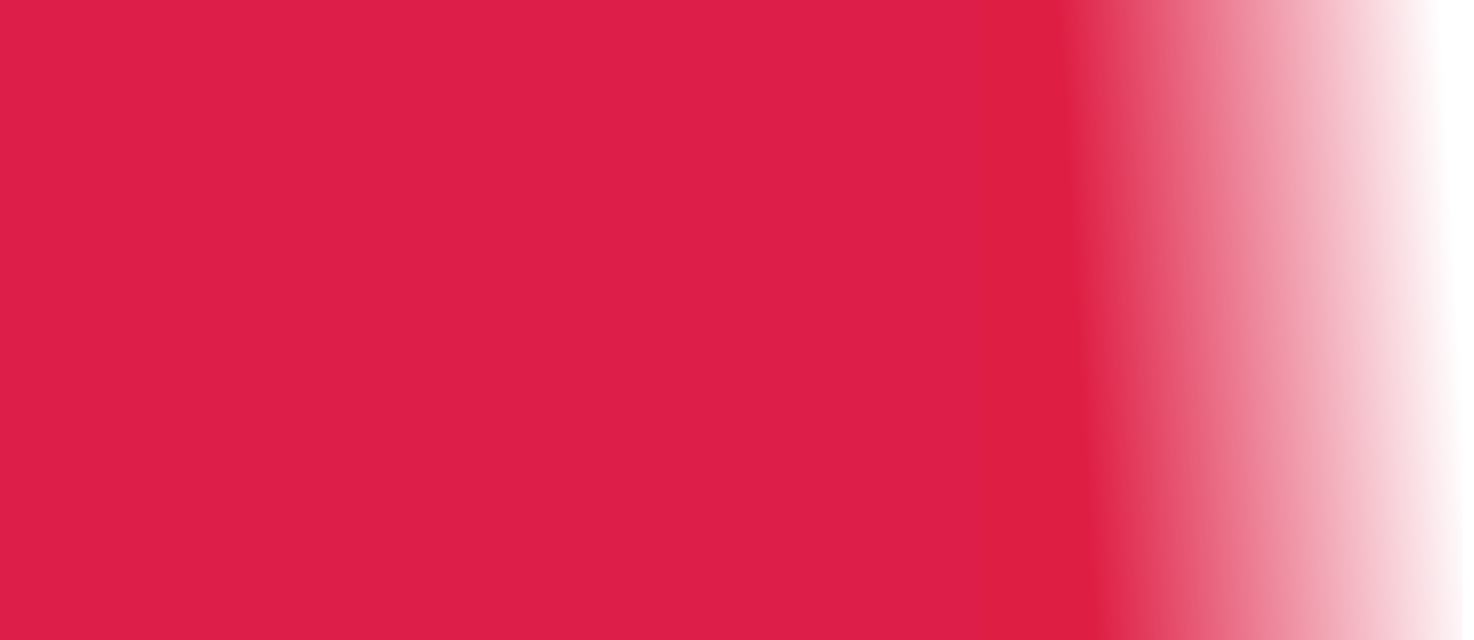DISCOVER TOP 5 MOST COMMONLY USED PRINTING TECHNOLOGIES TODAY
Printing technology continues to evolve and brings about incredible breakthroughs in every field. In this article, Minh Gia Phat will explore the top 5 most popular printing technologies today. From traditional techniques to advanced innovations, we will learn how these technologies have transformed the printing industry.

1. Offset Printing Technology
Offset technology is one of the most modern and widely used printing technologies today. In the offset printing process, images or text are displayed on a zinc plate. There, the printed elements pick up ink, while non-printed elements pick up water.
Then, the zinc plate presses the inked image or text onto rubber plates (also known as offset plates), which then presses the image onto the printing paper.
Advantages:
High-speed printing capability and large-volume print production.
High image quality, sharp and clear prints, with no ink smearing.
Applicable to many different materials.
Can print on both flat and rough surfaces.
Affordable printing costs, especially for large quantities.

2. Flexographic Technology
Flexographic printing (Flexo) is a printing method that uses raised printing plates made of rubber or polymer. These plates are created through digital or analog techniques, where the printed elements have a raised surface compared to the non-printed elements.
Flexographic printing is often used to print on various materials such as plastic, foil paper, film, labels, carton packaging, cups, and especially products printed on rolls.
Advantages:
Ink is pre-mixed in the tray and dries quickly, enabling faster printing speeds and larger print volumes, especially with roll printing.
Can print on various surface materials.
Affordable printing costs, especially for large quantities.
Can print on both sides of the material.

3. Rotogravure Printing Technology
Rotogravure printing technology is one of the most popular printing methods today, also known as intaglio printing. This technology consists of a copper cylinder with engraved parts and raised non-printed parts.
The ink supply box is placed on the copper cylinder, and the ink particles are contained in the recessed holes. The cylinder then presses directly onto the material to create the printed image.
Advantages of Rotogravure Technology:
Can print large volumes without affecting print quality.
Images and text are sharp and clear.
Relatively low cost for large-volume printing.

4. Digital Printing Technology
Digital printing technology is one of the modern printing methods used widely today. This combines printing technology with digital techniques on a computer to produce printed products. The process works by taking an image from a design file that is automatically analyzed and inked by the computer. The printer head then sprays ink directly onto the material.
Digital printing is often used for office printing, envelopes, letterheads, photos, and especially variable data printing. The advantage of digital printing is that it can be done at home or in the office, with small quantities printed affordably. However, it has limitations such as slower print speeds and lower image quality compared to offset printing.

5. Screen Printing Technology
Screen printing technology, also known as silk-screen printing, operates on the principle that only part of the ink is passed through a mesh screen and adhered to the surface. Before printing, some holes in the screen are blocked with special chemicals.
Screen printing technology can be done in various ways, such as manually, mechanically, or automatically. The process includes making the mold, creating the print, using a squeegee, mixing the colors, and applying the ink.
Screen printing is widely used to print on all materials that can accommodate suitable ink. It is also used for products like calendars, cups, balloons, and many others. However, this technology has some drawbacks such as slower printing speeds, and after printing, products need to be dried to ensure the ink and adhesive are fully cured.

